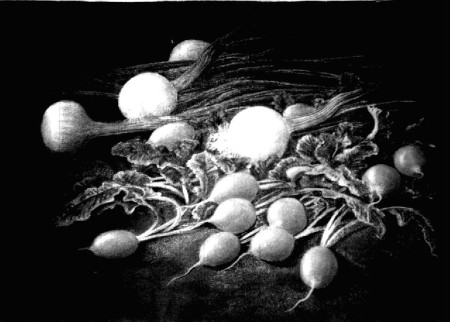Goulash is a rich, fragrant Eastern European stew that is excellent accompanied by homemade noodles, rice, dumplings, or potatoes.
Ingredients for Hungarian Beef Goulash
1 lb. stewing beef
2 T fat
2 sliced onions
1/2 tsp salt
1 T paprika
2 T flour
1 cup tomato puree
1 cup beef broth
1/2 cup sour cream
Preparation for Hungarian Beef Goulash
In a heavy skillet or pot, sauté the stewing beef in fat over medium heat until browned. Add the sliced onions and stir until translucent. Add the salt and paprika, stirring until the paprika releases its fragrance. Lower the heat, cover, and simmer for one hour. Stir frequently to prevent sticking.
Stir in flour and brown lightly. Add the tomato puree mixed with the beef broth. Simmer for one hour longer, or until meat is tender.
Remove from heat and add the sour cream, stirring until smooth and warm.
Serve with rice, noodles, potatoes, or dumplings.
Servings: 3
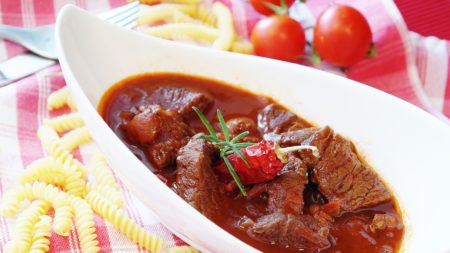

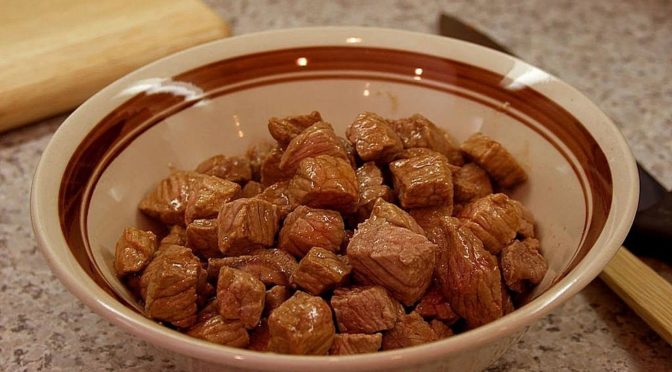

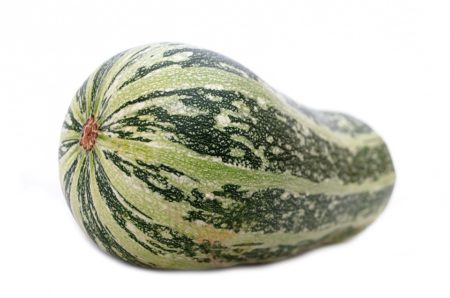
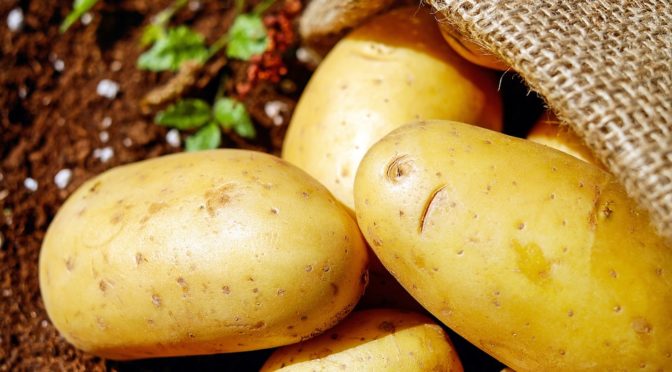

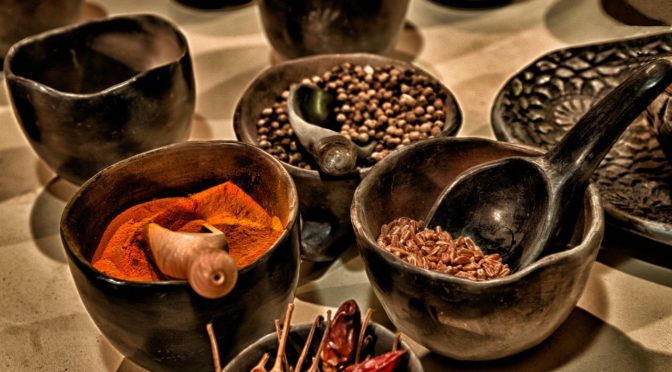
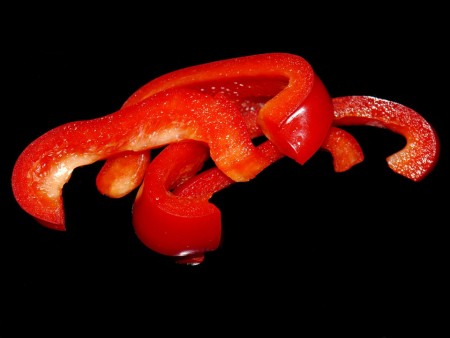
 Place grated cabbage in a large bowl and sprinkle liberally with salt. Allow to sit for an hour or two. Squeeze out excess water.
Place grated cabbage in a large bowl and sprinkle liberally with salt. Allow to sit for an hour or two. Squeeze out excess water.